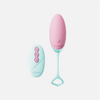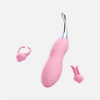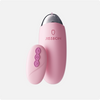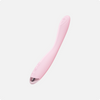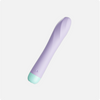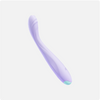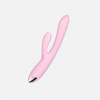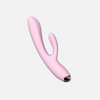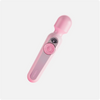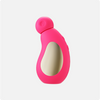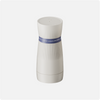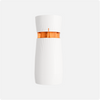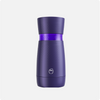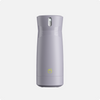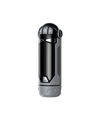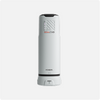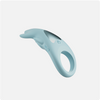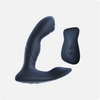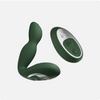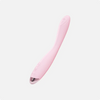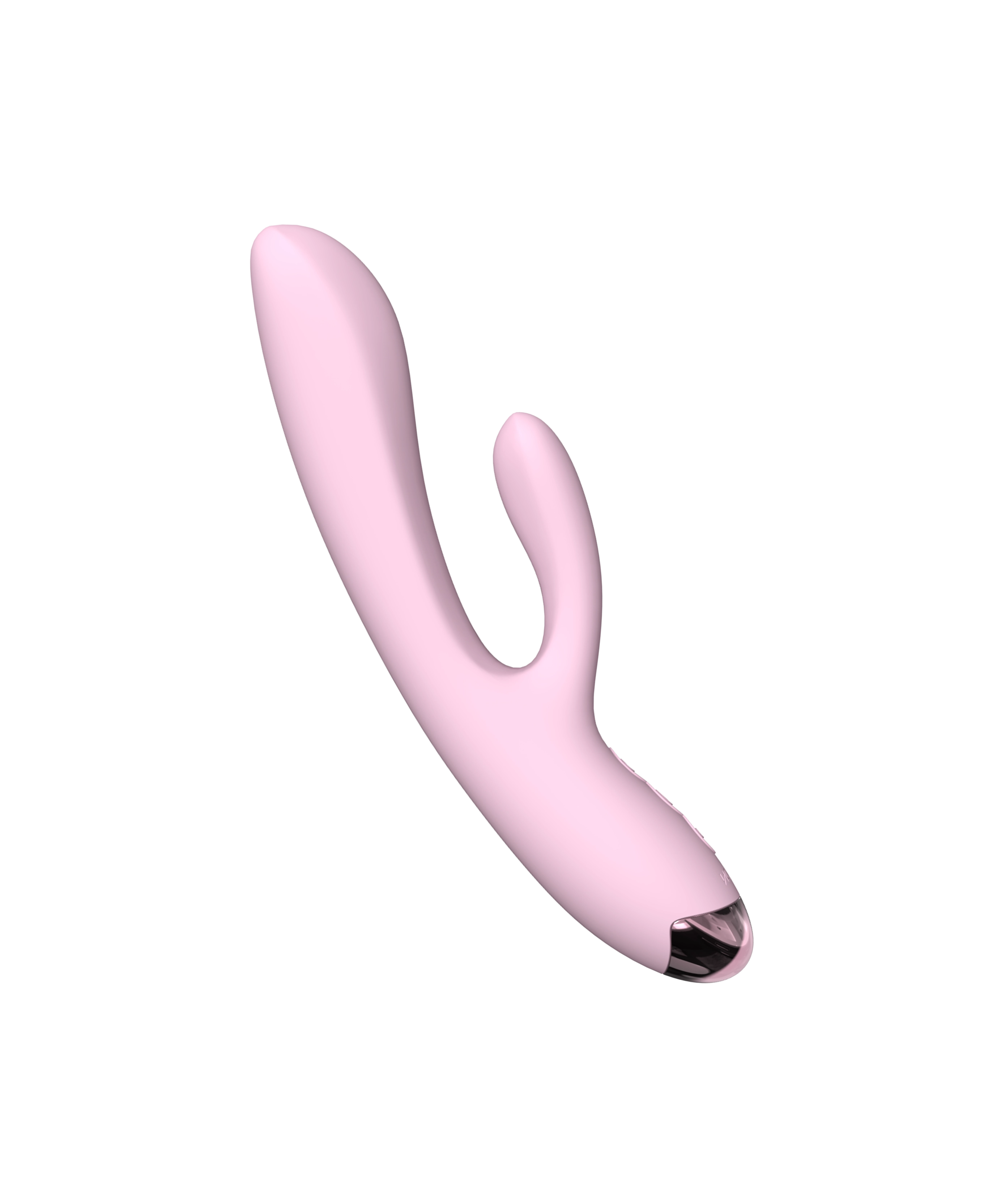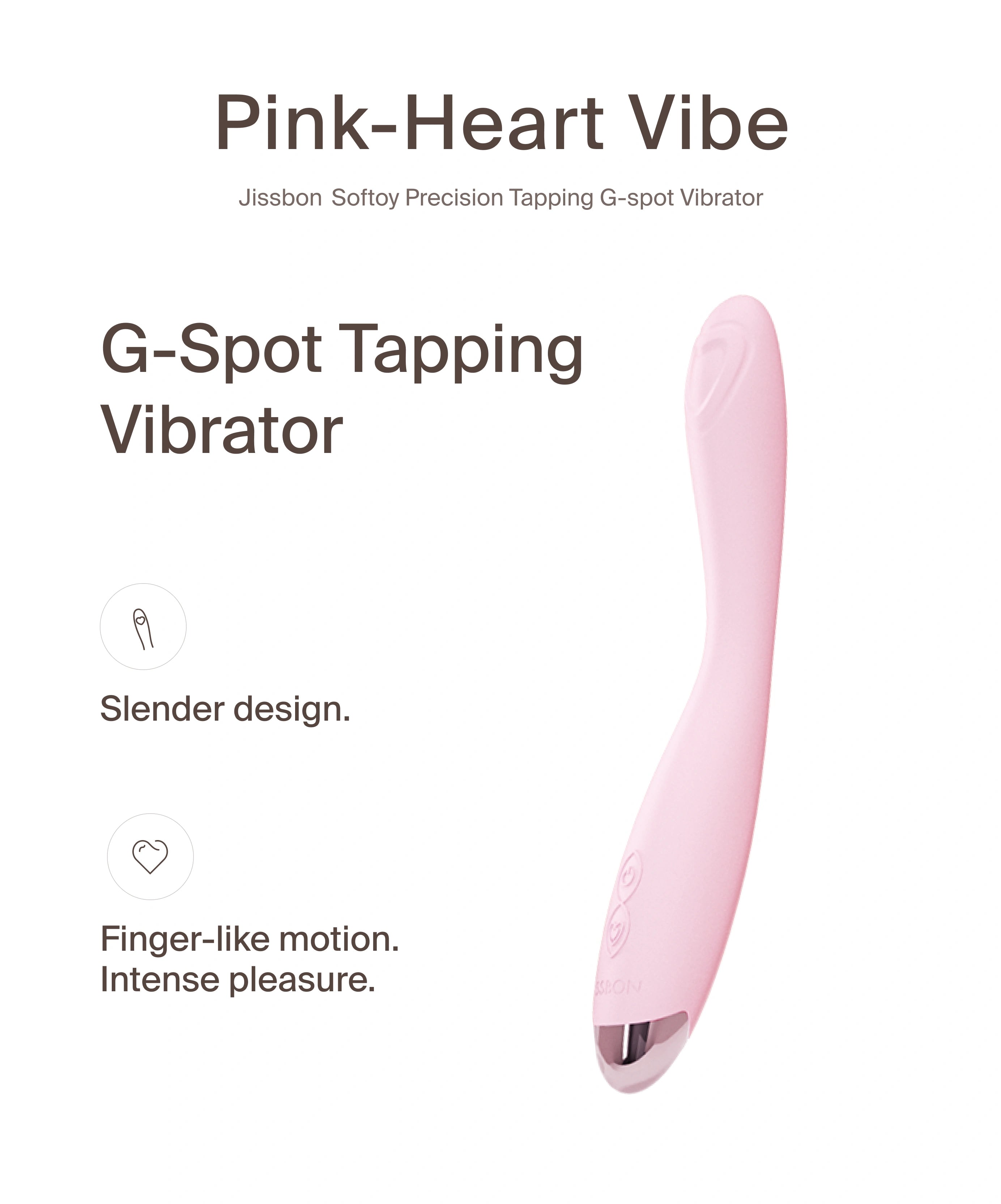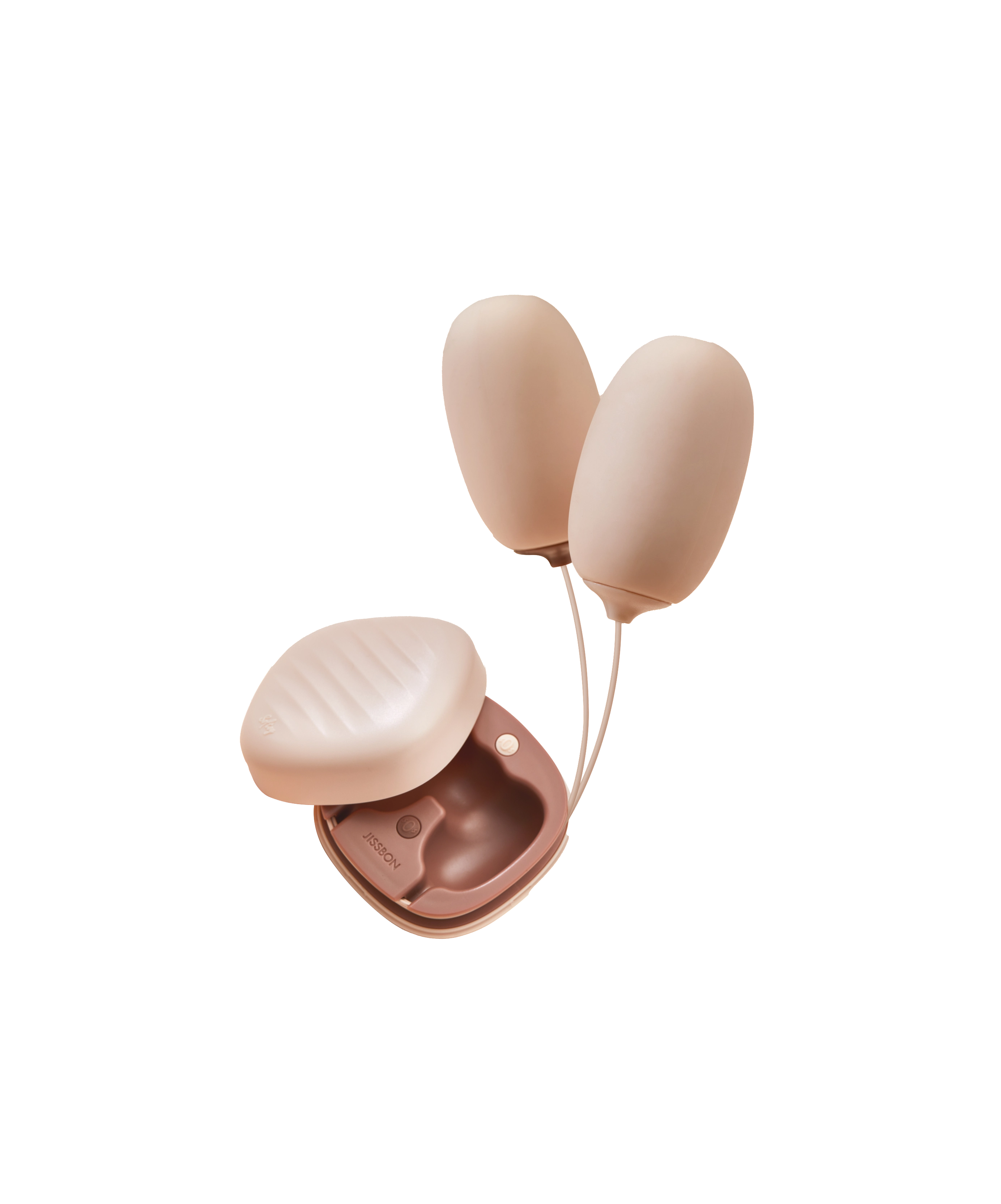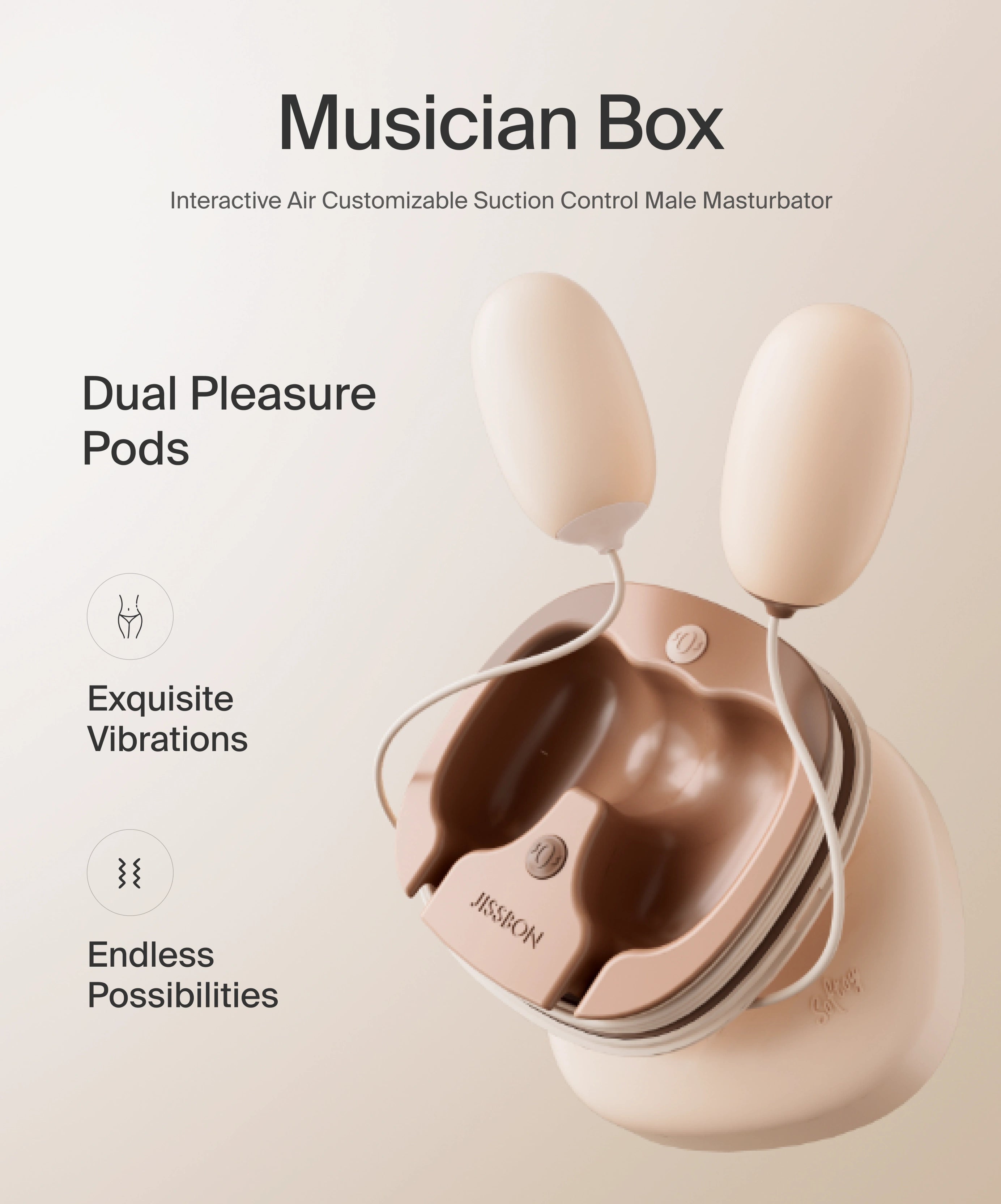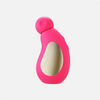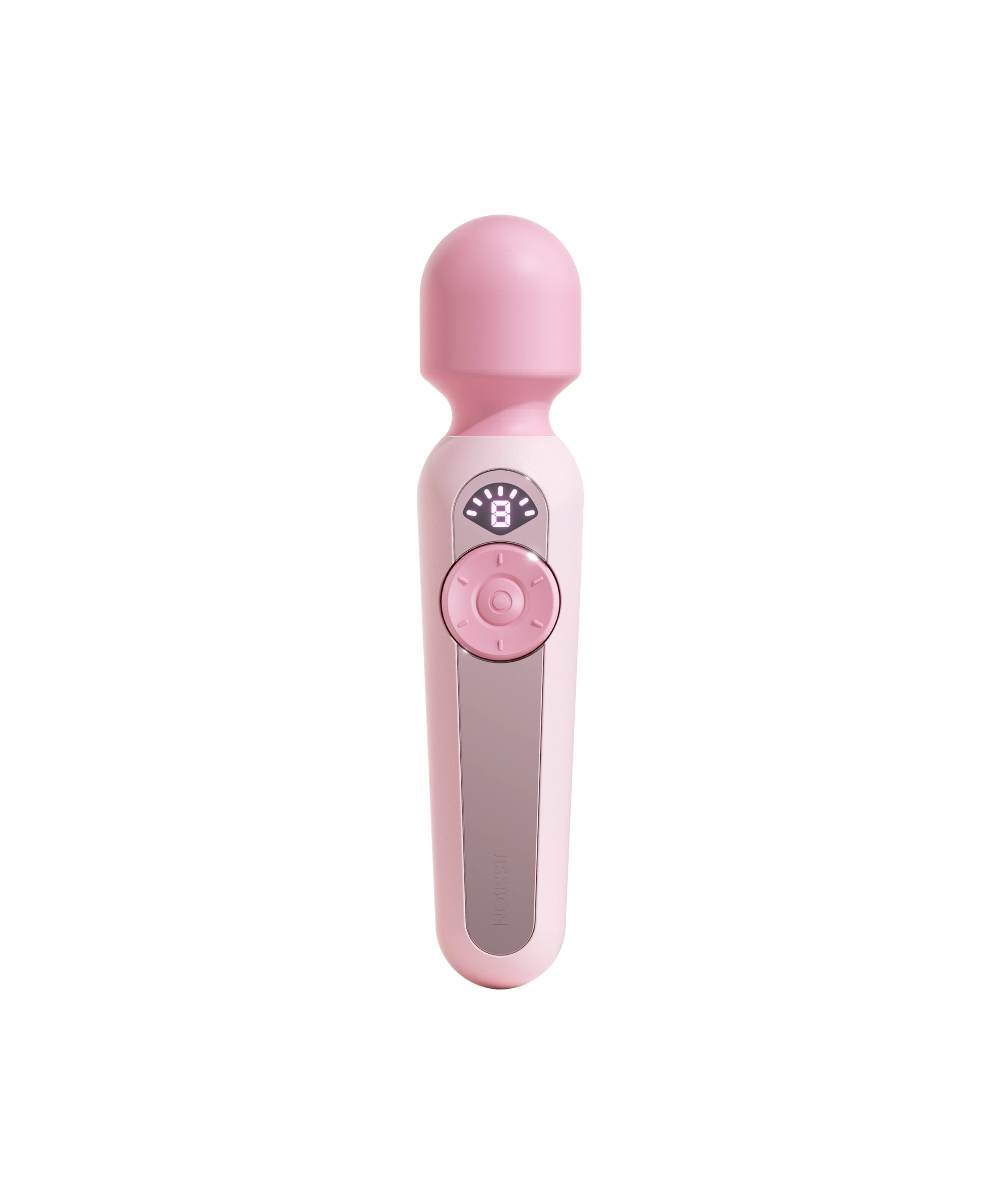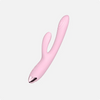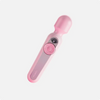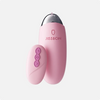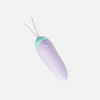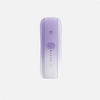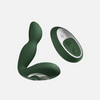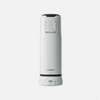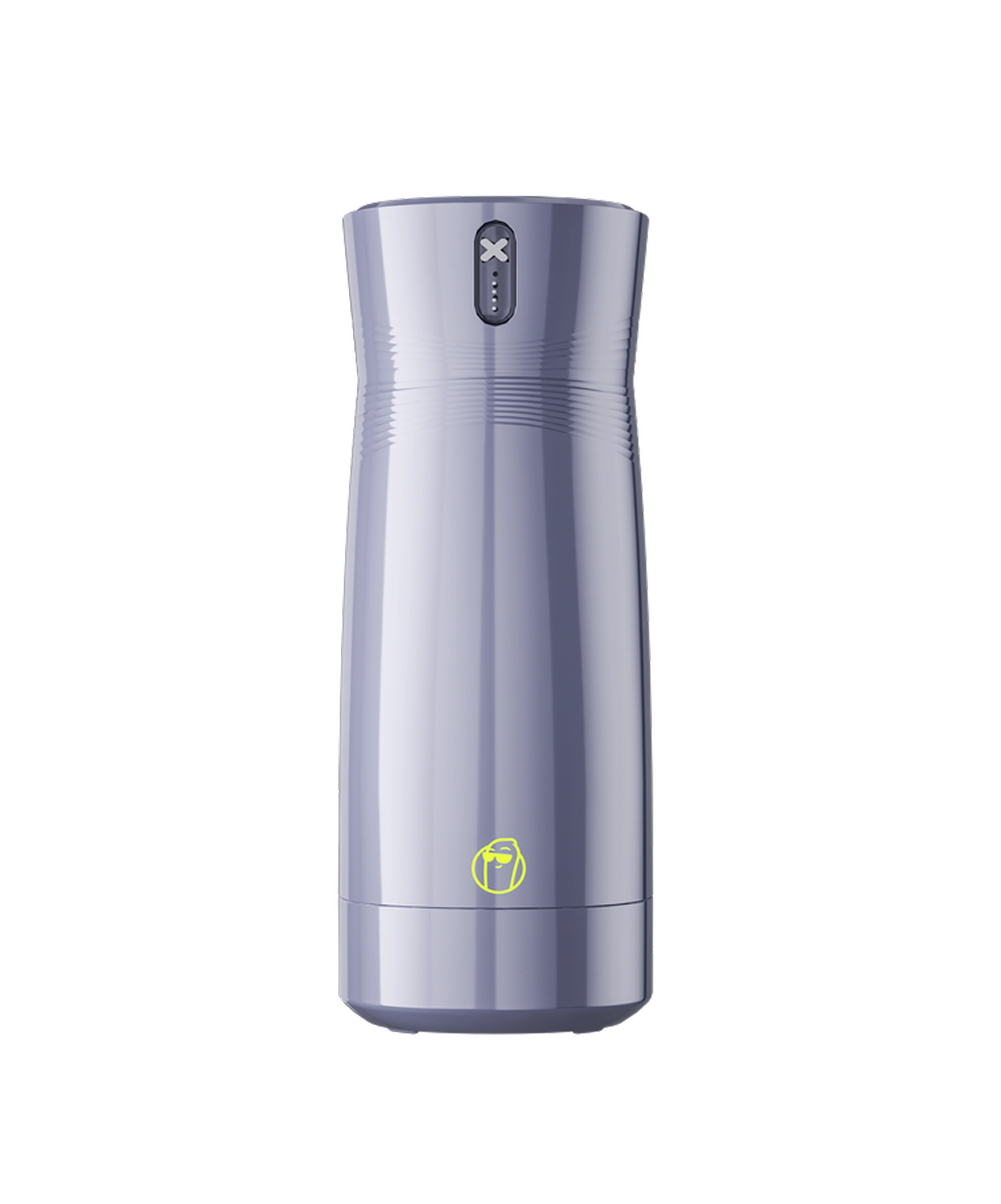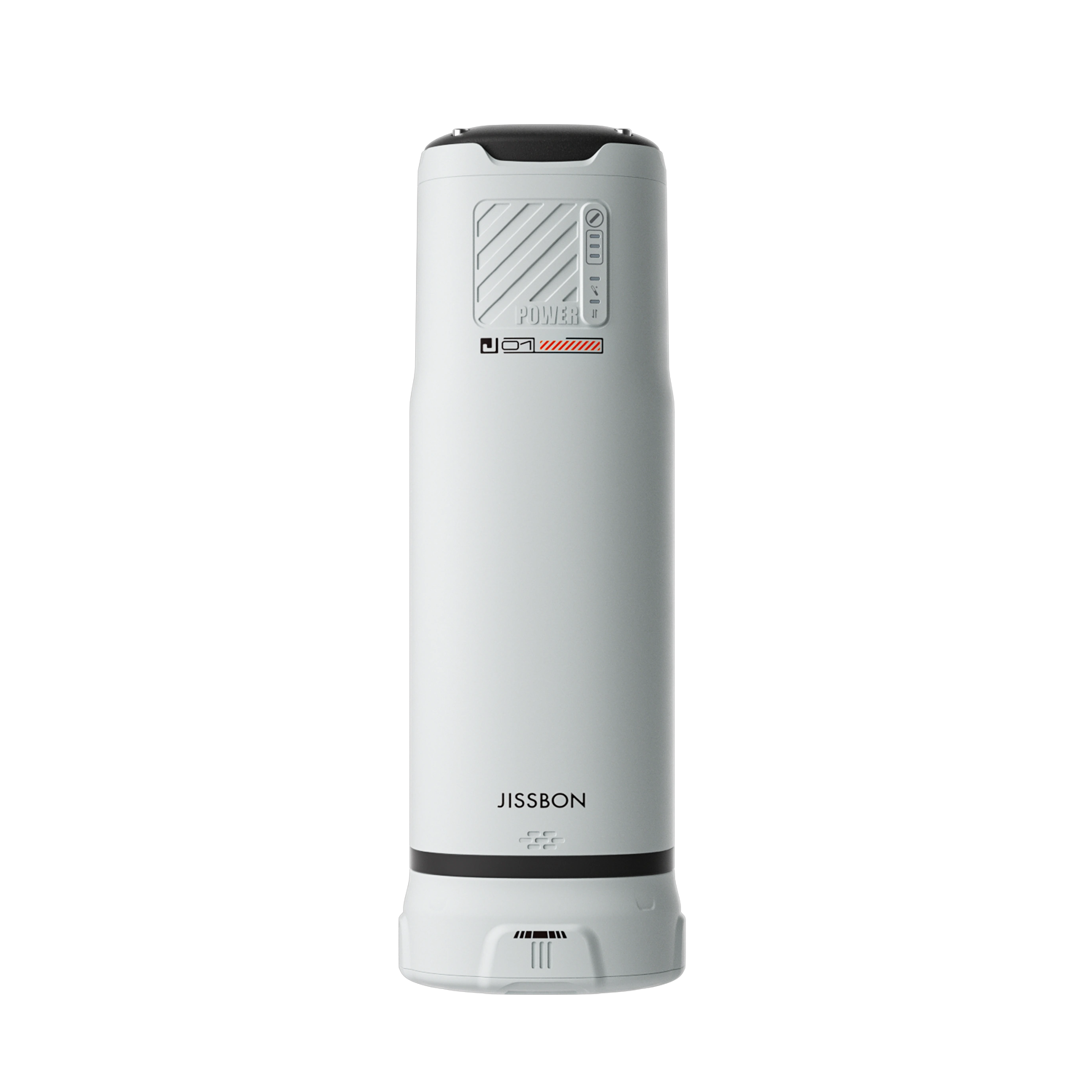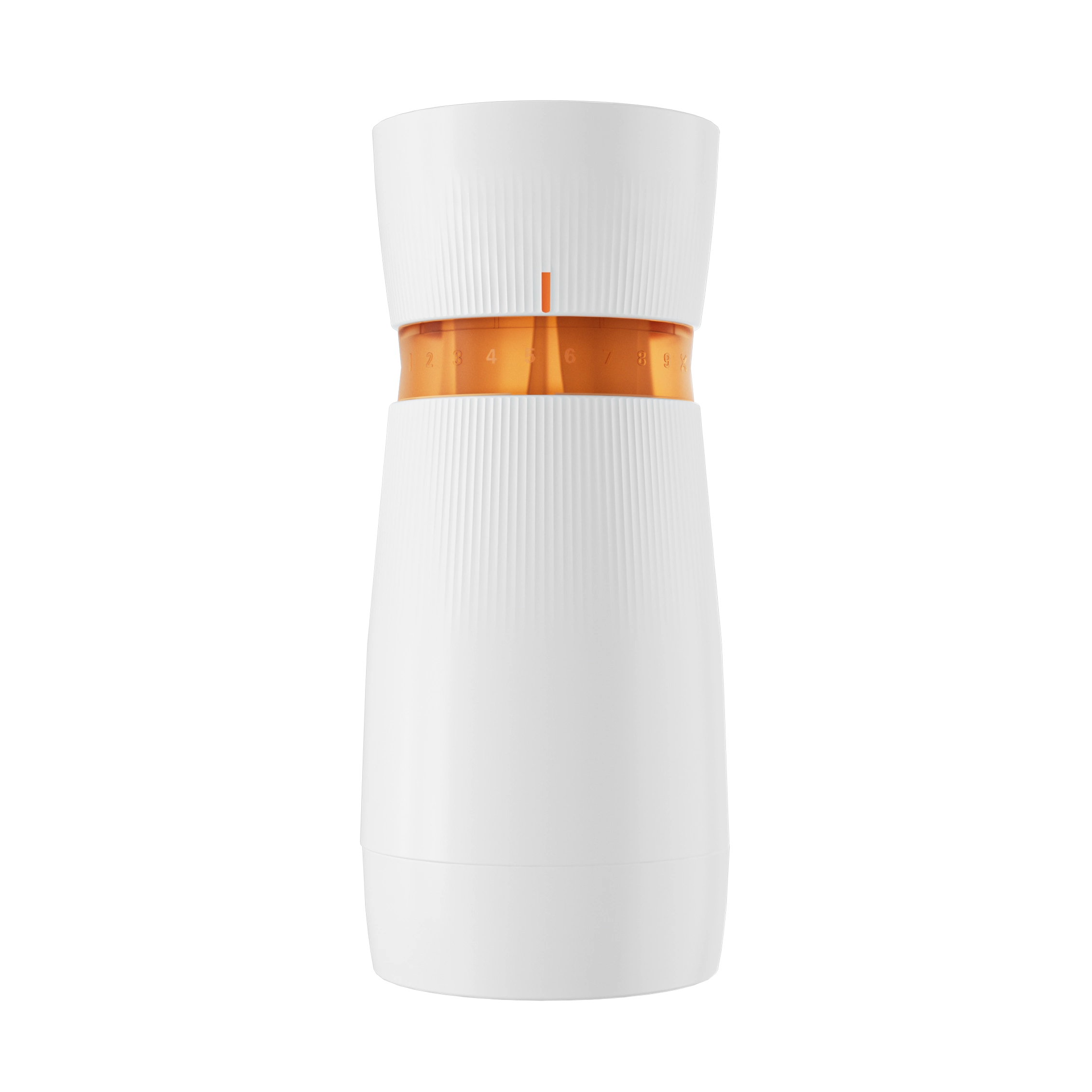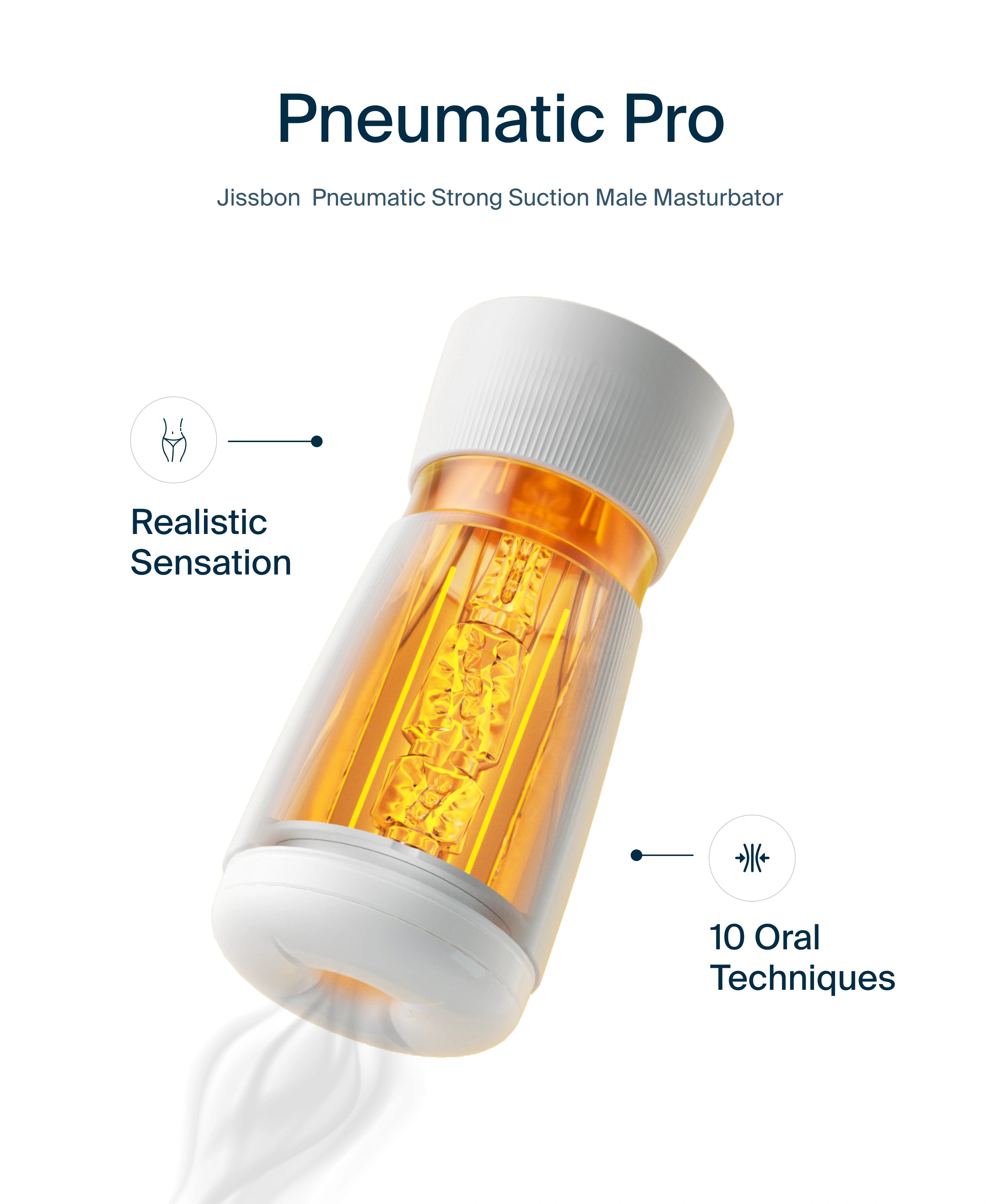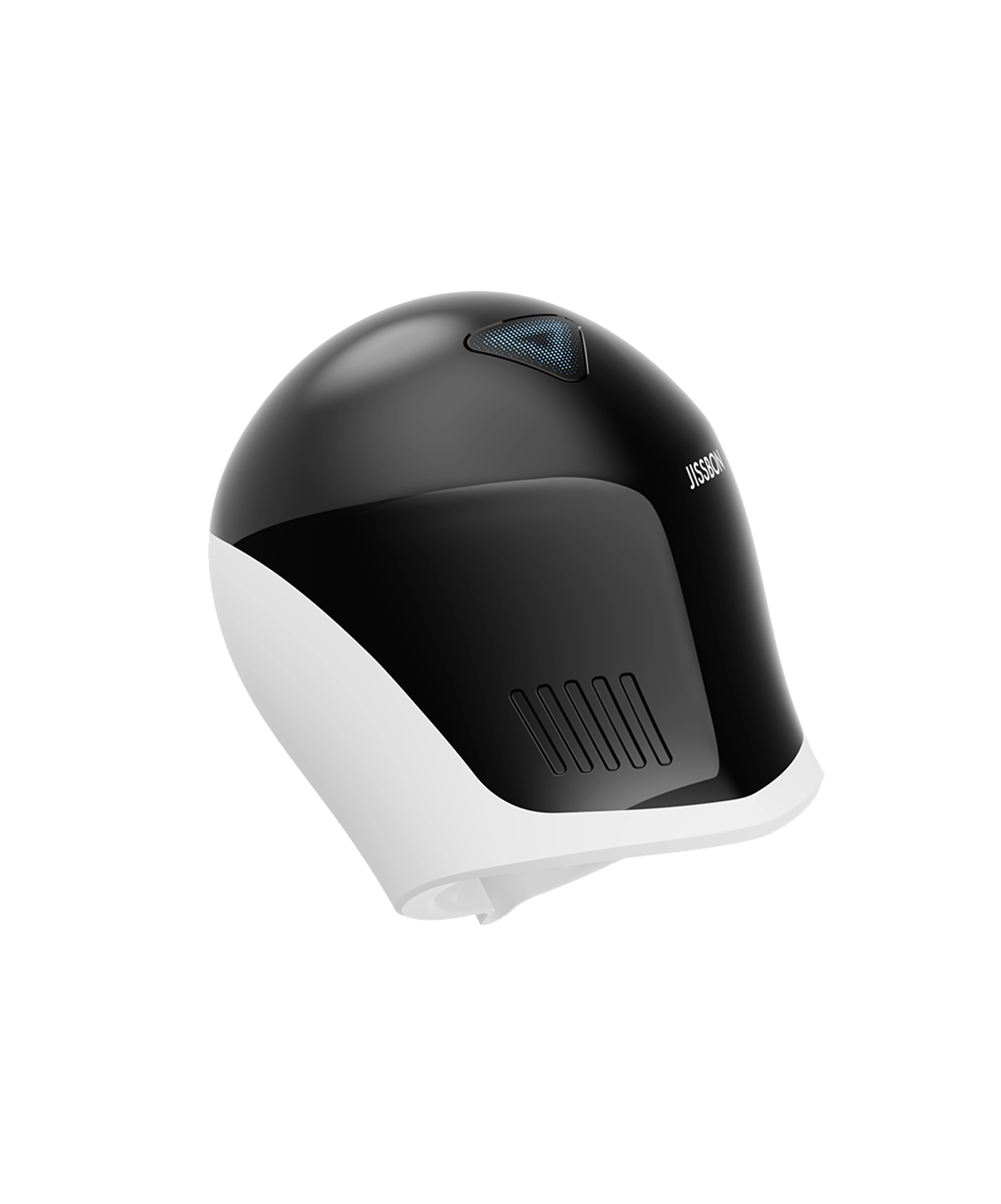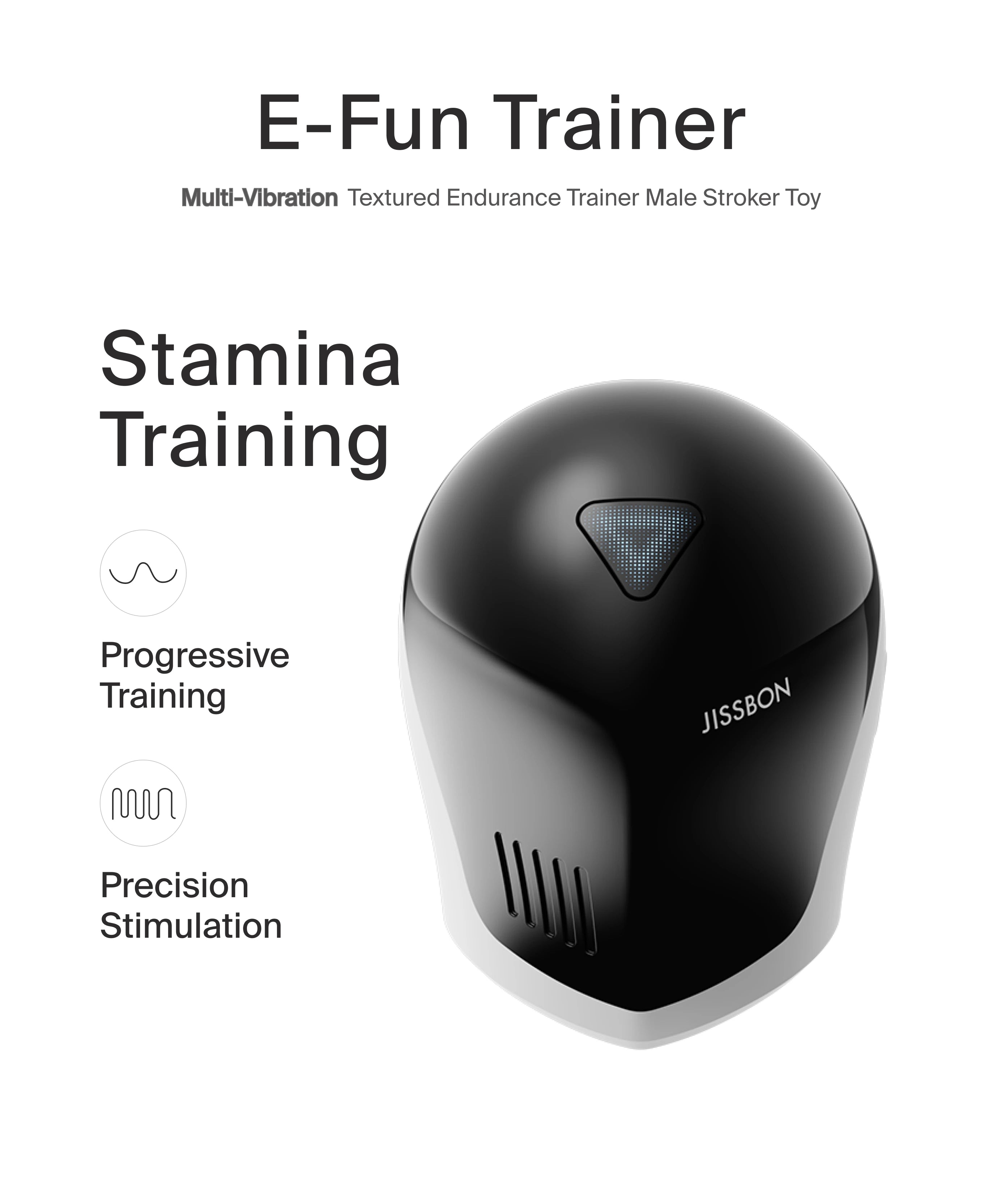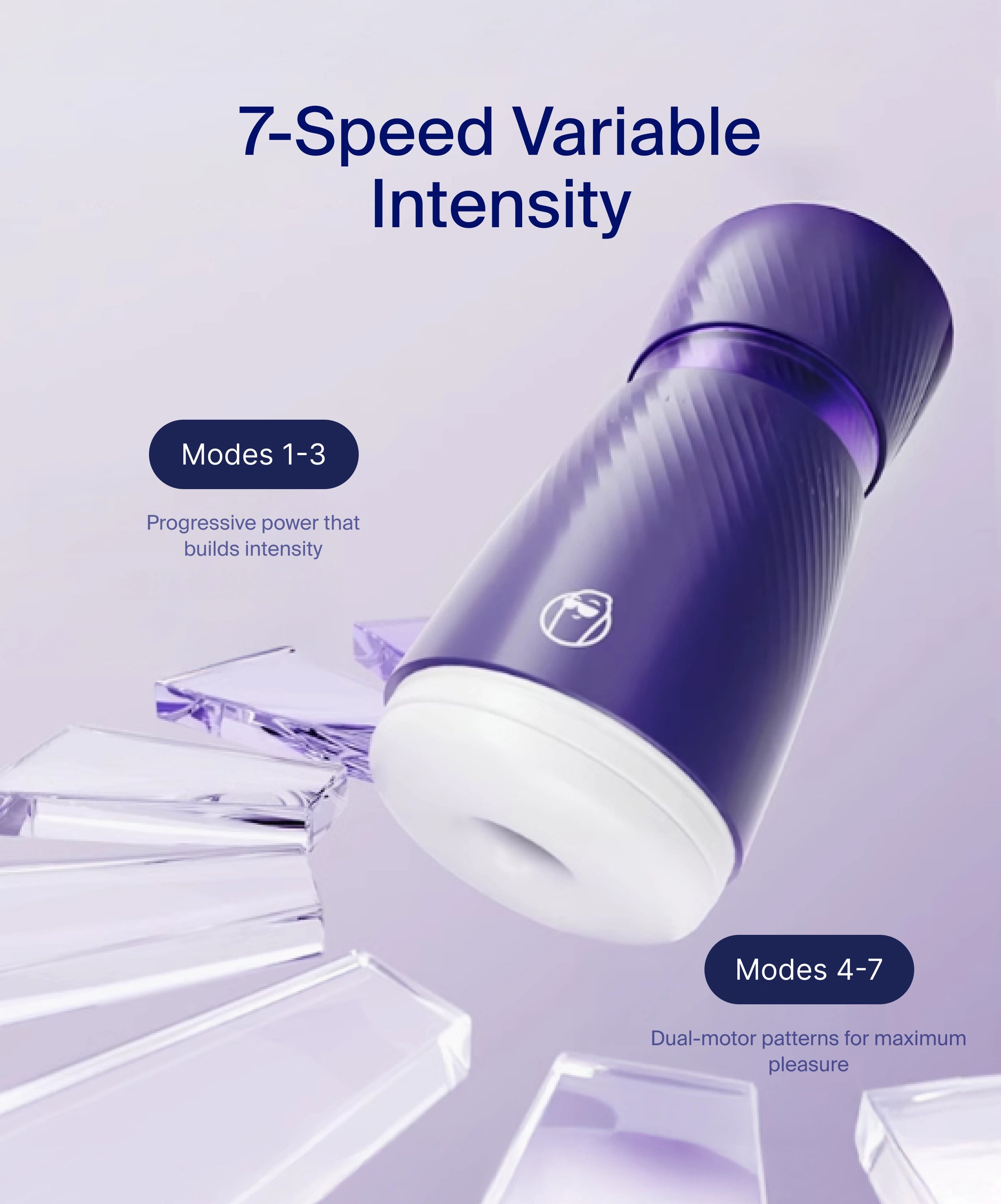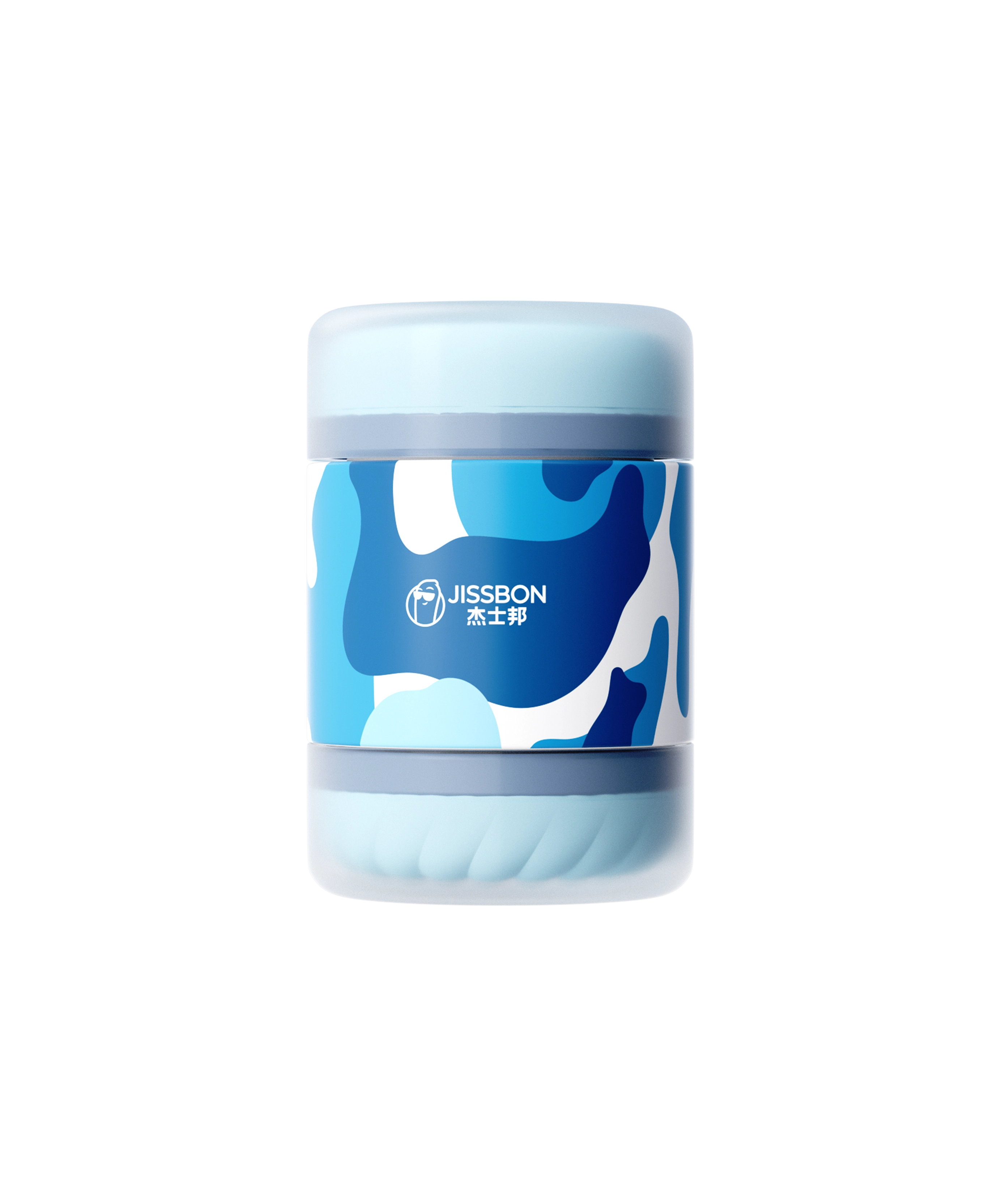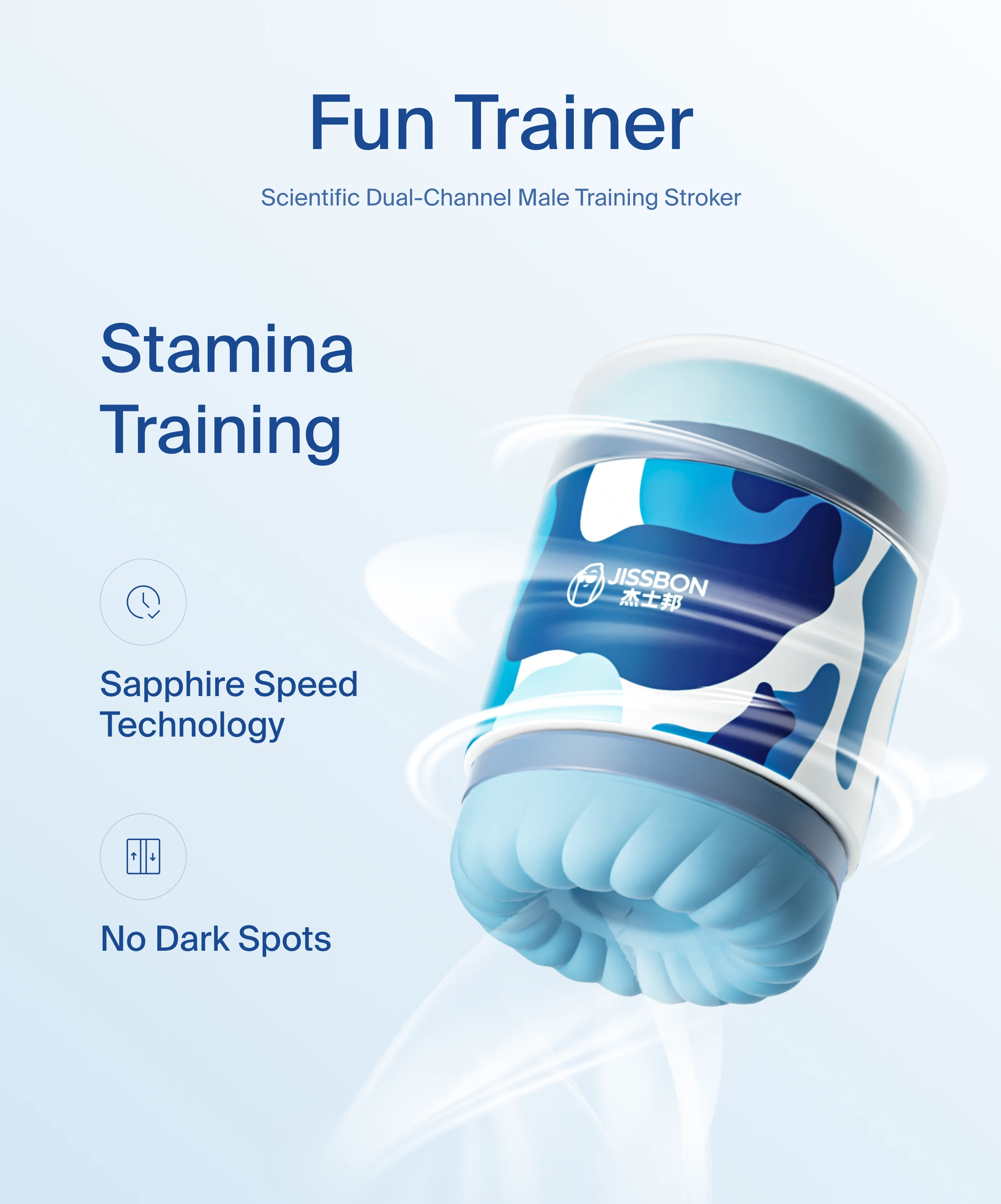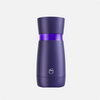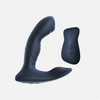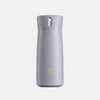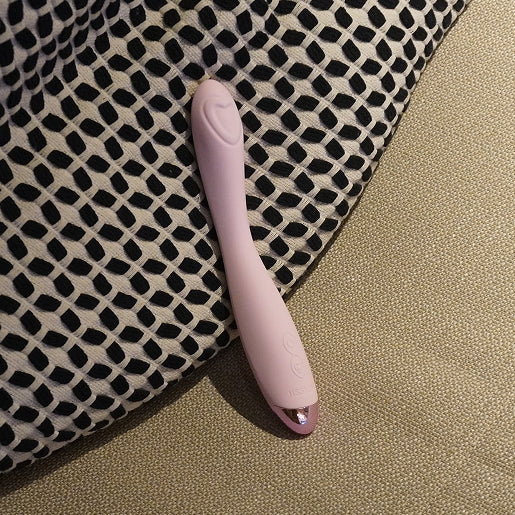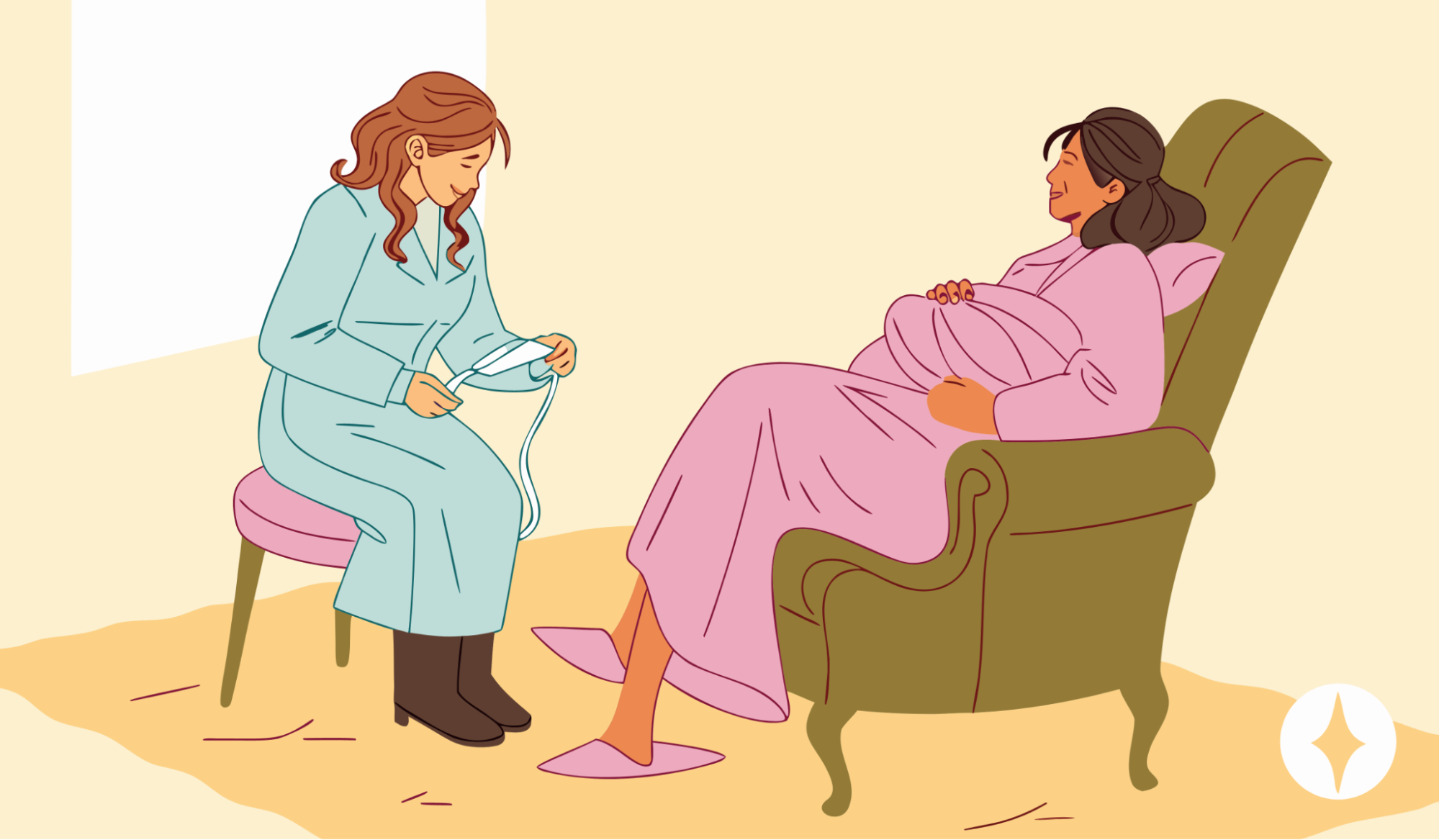If you've ever wondered why the vibrator was invented, you're not alone. The story is far more complex than most people realize. While popular accounts claim Victorian doctors created vibrators to treat "female hysteria," recent historical research reveals a more nuanced picture.
Early vibrators were marketed as general medical devices for pain relief and various ailments, eventually evolving into the pleasure products we recognize today. Understanding this history helps contextualize how sex toys have shifted from clinical tools to celebrated wellness devices.
The Victorian-Era Medical Device Myth vs. Reality

The popular narrative about why the vibrator was invented centers on a condition called "hysteria"—a catch-all Victorian diagnosis for women experiencing anxiety, irritability, or other emotional states. The story goes that doctors manually stimulated patients to "paroxysm" (orgasm) as treatment, then invented vibrators to save their tired hands.
However, historians now challenge this account. Research shows that early vibrators were primarily marketed for general pain relief, muscle aches, and various ailments affecting both men and women.
Dr. Joseph Mortimer Granville patented an electromechanical vibrator in the early 1880s, but evidence suggests he intended it for treating male patients with conditions like back pain and headaches.
The vibrator as a medical device became one of the first five electrified household appliances. Manufacturers promoted it for treating headaches, constipation, wrinkles, and indigestion—not specifically for female sexual relief in medical settings.
How the Vibrator Transitioned to a Sexual Wellness Tool
So if the hysteria story isn't accurate, how did vibrators become associated with pleasure? The shift happened gradually through several key moments:
Early 20th Century Home Marketing After electric vibrators entered homes in the 1900s, companies advertised them vaguely for "health" and "vitality." Many women likely discovered their pleasurable applications independently.
Ads appeared in women's magazines and catalogs like Sears, describing benefits without explicit sexual references.
Appearance in Pornography When vibrators began appearing in pornographic films in the 1920s, their sexual function became undeniable. This association pushed them out of mainstream marketing and into more discreet channels.
Manufacturers stopped advertising them openly, and vibrators disappeared from respectable catalogs.Feminist Reclamation in the 1970s The women's liberation movement transformed vibrators from taboo objects into tools of sexual empowerment.
Activists like Betty Dodson championed vibrators as instruments of self-discovery and pleasure, helping women understand their bodies better. This era redefined vibrators as legitimate wellness devices for sexual health.
Why Understanding Vibrator History Matters Today
Knowing why the vibrator was invented—and separating myth from fact—helps remove shame around pleasure devices. The medical origins, however misunderstood, demonstrate that society has long recognized the value of tools that support physical wellbeing.
Today's vibrators are purpose-built for pleasure, with designs informed by anatomy and user feedback. Modern clitoral vibrators target specific pleasure zones, while other styles address different needs. This evolution from ambiguous "medical device" to celebrated pleasure tool reflects broader shifts in how we discuss sexual wellness.
Understanding this history also reveals how marketing and social attitudes shape product perception. What was once hidden in medical catalogs is now openly discussed, researched, and designed with user experience in mind.
From Steam Power to Smart Technology: The Evolution

The technical evolution of vibrators mirrors broader technological progress. Early models were cumbersome and required significant infrastructure:
The Manipulator (1869) One of the first mechanized devices was a steam-powered table model called "The Manipulator." Doctors used it in clinical settings, and it required considerable space and maintenance.
Electromechanical Models (1880s-1900s) Granville's battery-powered device and later plug-in models brought vibrators into more practical use. These were marketed for home application, though still framed as medical instruments.
Modern Materials and Motors (1960s-Present) Post-feminist movement, manufacturers began using body-safe materials like medical-grade silicone. Motors became quieter, more powerful, and rechargeable. Today's devices may include app connectivity, customizable patterns, and ergonomic designs based on anatomical research about pleasure zones.
Choosing Modern Vibrators: What to Consider
While understanding why the vibrator was invented provides context, today's users have vastly different priorities than Victorian-era consumers. Modern vibrators come in numerous styles, each designed for specific experiences:
Types and Their Uses
- Bullet vibrators: Compact and focused, ideal for pinpoint external stimulation
- Wand vibrators: Broad surface area for diffuse sensation, often more powerful
- Rabbit vibrators: Dual stimulation design for internal and external pleasure simultaneously
- G-spot vibrators: Curved tip designed to reach internal pleasure zones
-
Remote-controlled options: Hands-free or partner-controlled experiences
Material Safety Look for body-safe materials like medical-grade silicone, ABS plastic, or stainless steel. These are non-porous, easier to clean, and less likely to cause irritation. Avoid materials labeled as "jelly" or those with strong chemical odors.
Features to Match Your Needs
- Power levels: Multiple intensities let you start gentle and build up
- Vibration patterns: Variety keeps experiences interesting over time
- Waterproofing: Enables easy cleaning and bath/shower use
- Noise level: Discreet motors matter for shared living situations
- Charging method: USB rechargeable models are more sustainable than battery-operated
If you're exploring options, a remote controlled bullet vibrator offers convenience and versatility for both solo and partnered play.
Safe and Comfortable Use: Modern Best Practices

Unlike the questionable medical applications of early vibrators, today's use centers on comfort, safety, and pleasure. Following these guidelines ensures a positive experience:
Preparation
- Clean your vibrator before first use and before each session
- Ensure it's fully charged or has fresh batteries
- Apply water-based lubricant generously (compatible with all toy materials)
- Test the vibration level on a low setting first
During Use
- Start with gentle pressure and lower speeds
- Explore different angles, positions, and pressure levels
- Take breaks if you experience numbness (this is temporary but signals overstimulation)
- Listen to your body and adjust as needed
Aftercare
- Clean immediately after use with toy cleaner or mild soap
- Dry thoroughly before storage
- Store in a cool, dry place away from other toys (to prevent material reactions)
- Recharge fully before putting away for extended periods
For detailed guidance on maintenance, consult resources about how to properly clean sex toys.
Lubricant Compatibility and Material Care
Using the right lubricant protects both your body and your vibrator. Different materials have specific requirements:
Water-Based Lubricants
- Compatible with all vibrator materials (silicone, ABS, glass, metal)
- Easy to clean and non-staining
- May require reapplication during longer sessions
- Safe for use with condoms
Silicone-Based Lubricants
- Longer-lasting than water-based options
- Should NOT be used with silicone vibrators (can degrade the material)
- Safe for ABS plastic, glass, and metal toys
- More difficult to wash off
Hybrid Options Some lubricants combine water and silicone bases. Check manufacturer guidance for compatibility with your specific vibrator material.
For more information about lubricant types and uses, the Cleveland Clinic offers comprehensive guidance on sexual lubricants.
Frequently Asked Questions
Did doctors really use vibrators to treat hysteria?
The widespread belief that Victorian doctors routinely used vibrators to treat female hysteria is largely myth. While "hysteria" was a real diagnosis and some forms of pelvic massage occurred, historians have found limited evidence that electric vibrators were commonly used for this specific purpose in medical settings.
When did vibrators become legal to sell as sex toys?
Vibrators have had varying legal status across different regions. In the United States, some states banned their sale as sexual devices well into the 2000s. Alabama was the last state to overturn its anti-vibrator law in 2022.
Are modern vibrators safe to use regularly?
Yes, modern vibrators made from body-safe materials are safe for regular use. Temporary numbness may occur with prolonged sessions but resolves quickly.
How did vibrators become mainstream products?
The feminist movement of the 1970s played a crucial role in mainstreaming vibrators. Activists reframed them as tools for sexual empowerment rather than shameful objects. Sex-positive education, improved marketing, and celebrity advocacy in subsequent decades further normalized vibrators.
What's the difference between vintage and modern vibrators?
Vintage vibrators were often made from hard plastic or metal, had single-speed motors, and were marketed ambiguously. Modern vibrators feature body-safe silicone, multiple speed and pattern options, rechargeable batteries, waterproof designs, and ergonomic shapes based on anatomical research.
Can vibrators improve sexual wellness?
Research suggests vibrators can support sexual wellness by helping individuals understand their bodies, reducing performance pressure, and providing consistent stimulation. They're often recommended by sex therapists for addressing certain types of sexual response concerns.
Conclusion
Understanding why the vibrator was invented—rooted in medical marketing but evolving through social change—helps contextualize today's vibrant pleasure product industry. From questionable Victorian devices to modern, body-safe designs, vibrators have transformed into celebrated wellness tools.
Whether you're curious about history or ready to explore modern options, today's clitoral vibrators offer safe, pleasurable experiences far beyond their ambiguous origins.
Read more

Curious about homemade adult toys but want to keep things safe, simple, and satisfying? This step‑by‑step guide walks you through how to make pocket pussy sleeves (aka a homemade fleshlight) using ...
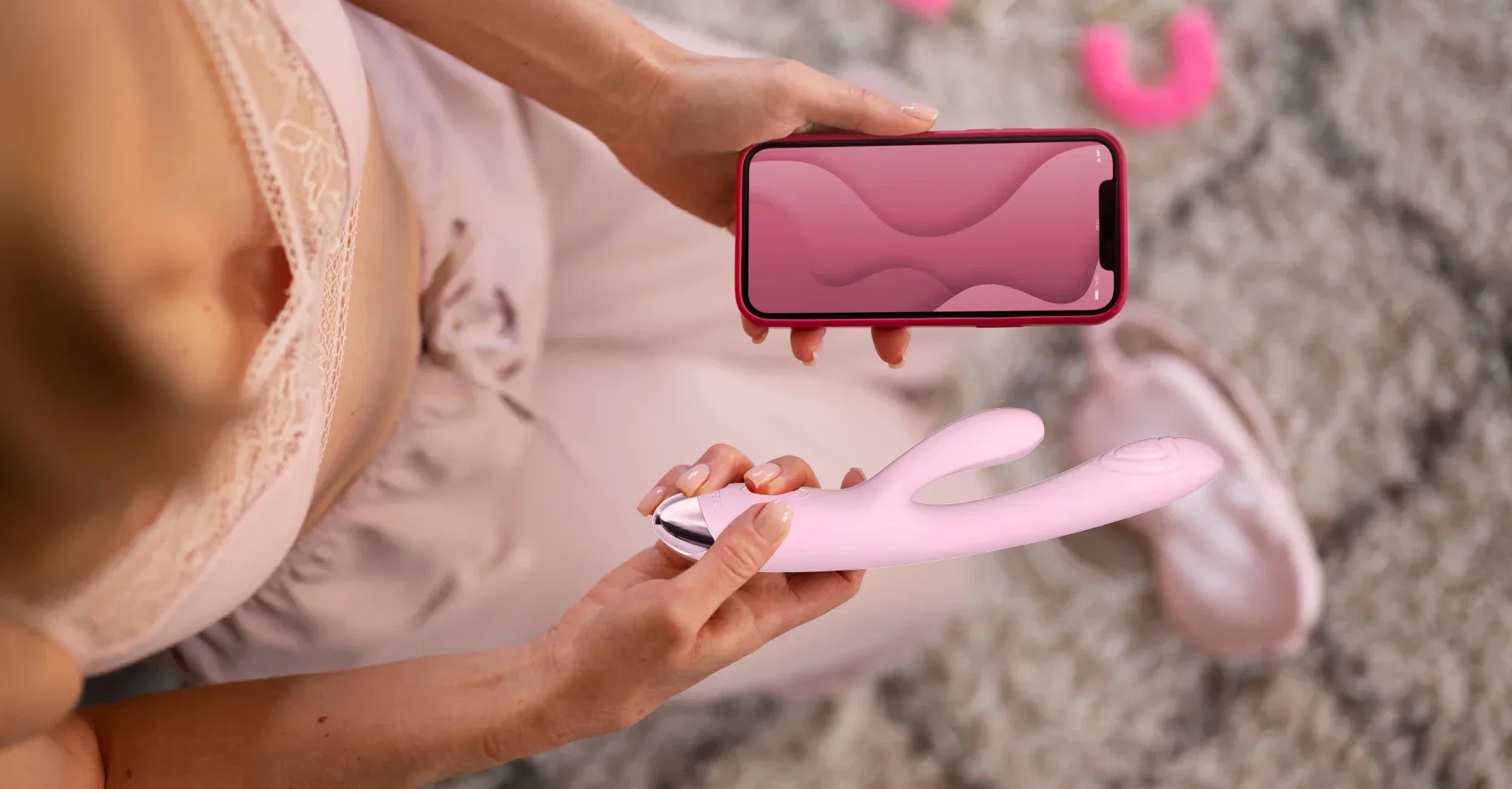
If you’ve ever typed “things to use as a vibrator” or “what to use as a vibrator” into a search bar, you’re not alone. Sometimes the mood hits when you don’t have a toy handy—or you’re curious abou...
